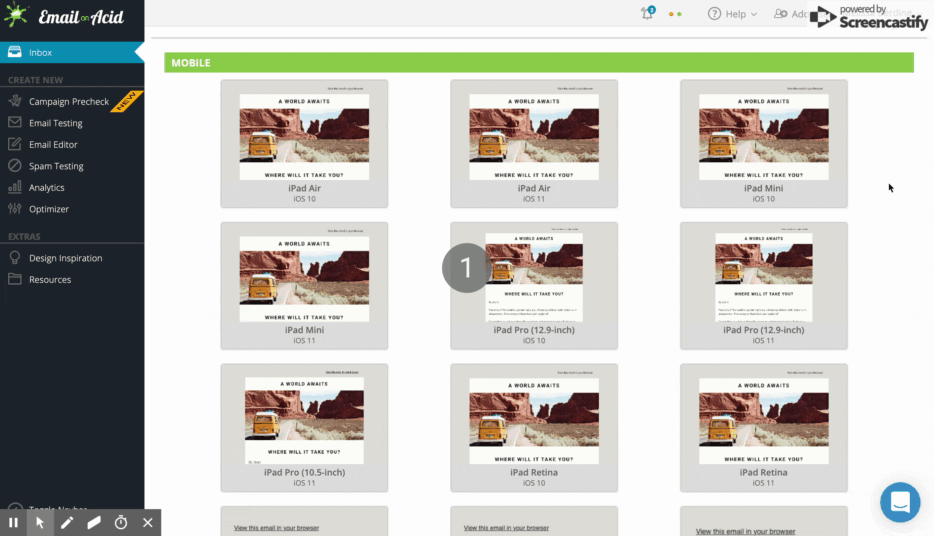Why create responsive email templates?
Almost every paid or free email marketing tool has a builder with responsive email templates — why not take one of those and customize them to the moon? While it’s a quick and easy way to build your emails if you’re a newbie, it has its drawbacks.
Here’s why you may want to build a responsive email template from scratch:
- You need a unique layout. Maybe you’re working on a complex gamified email campaign, exercising your brand’s creative and bold personality, or using a builder that is not very template-rich — in all these cases, building your own template with custom styling may help.
- You want less generic-looking emails. If you keep using the same default template from your builder for all campaigns, you’ll end up with boring emails that look the same — and lose subscriber engagement in a month or two.
- You need a reliable email template. If you use one of those default templates that come with your builder, they may be gone forever with the next software update. Also, you may want to change an ESP, and your new tool may have a different builder without the template you’ve been using. Meanwhile, your unique template is not vulnerable to software migrations or updates.



























